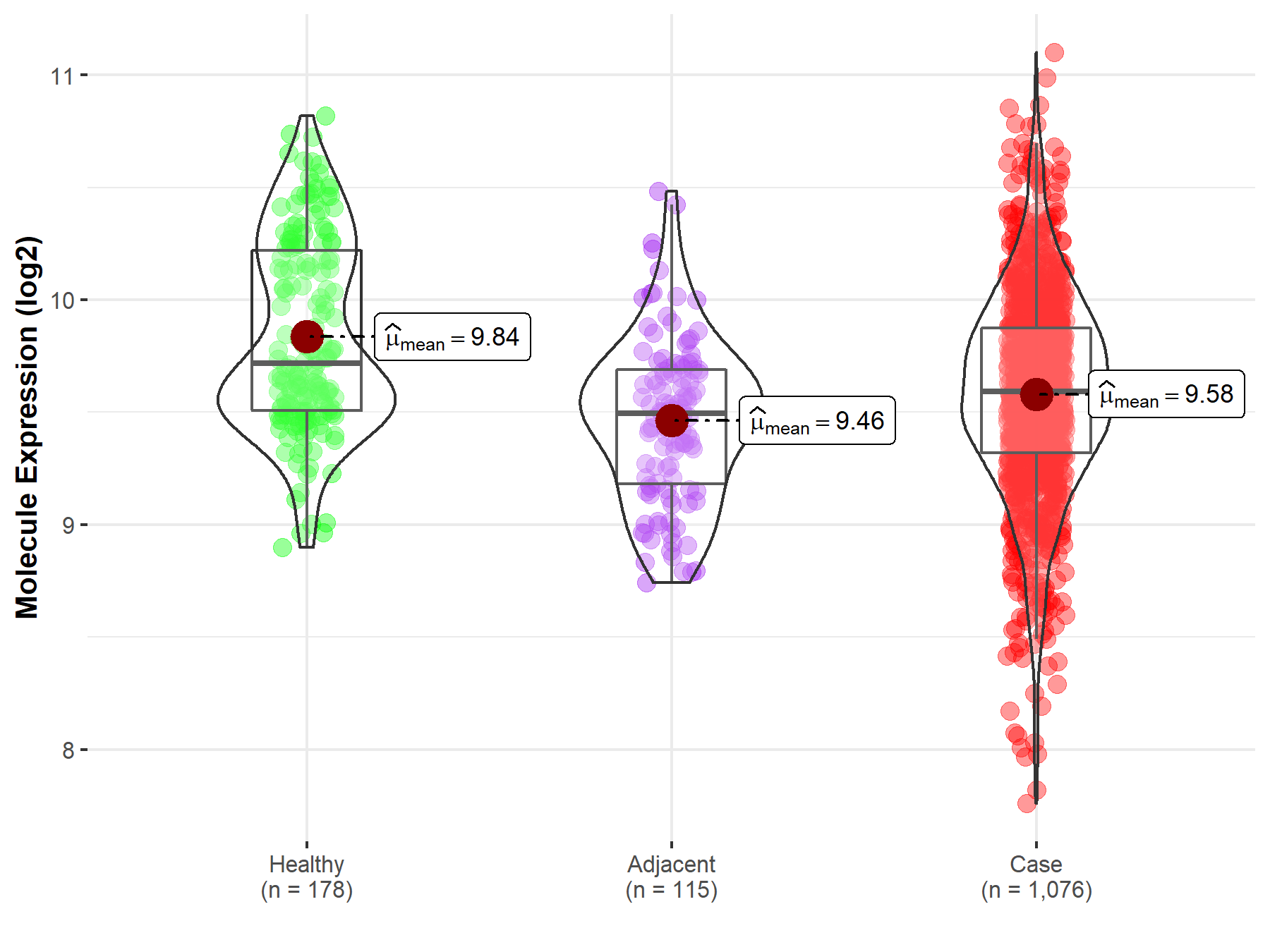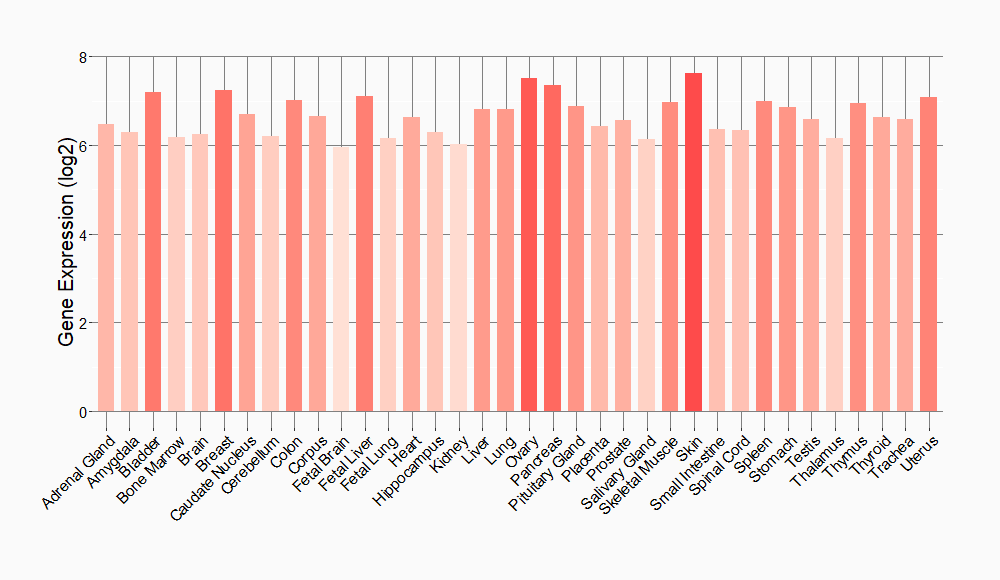Molecule Information
General Information of the Molecule (ID: Mol00346)
| Name |
Eukaryotic translation initiation factor 3 subunit A (EIF3A)
,Homo sapiens
|
||||
|---|---|---|---|---|---|
| Synonyms |
eIF3a; Eukaryotic translation initiation factor 3 subunit 10; eIF-3-theta; eIF3 p167; eIF3 p180; eIF3 p185; EIF3S10; KIAA0139
Click to Show/Hide
|
||||
| Molecule Type |
Protein
|
||||
| Gene Name |
EIF3A
|
||||
| Gene ID | |||||
| Location |
chr10:119033670-119080823[-]
|
||||
| Sequence |
MPAYFQRPENALKRANEFLEVGKKQPALDVLYDVMKSKKHRTWQKIHEPIMLKYLELCVD
LRKSHLAKEGLYQYKNICQQVNIKSLEDVVRAYLKMAEEKTEAAKEESQQMVLDIEDLDN IQTPESVLLSAVSGEDTQDRTDRLLLTPWVKFLWESYRQCLDLLRNNSRVERLYHDIAQQ AFKFCLQYTRKAEFRKLCDNLRMHLSQIQRHHNQSTAINLNNPESQSMHLETRLVQLDSA ISMELWQEAFKAVEDIHGLFSLSKKPPKPQLMANYYNKVSTVFWKSGNALFHASTLHRLY HLSREMRKNLTQDEMQRMSTRVLLATLSIPITPERTDIARLLDMDGIIVEKQRRLATLLG LQAPPTRIGLINDMVRFNVLQYVVPEVKDLYNWLEVEFNPLKLCERVTKVLNWVREQPEK EPELQQYVPQLQNNTILRLLQQVSQIYQSIEFSRLTSLVPFVDAFQLERAIVDAARHCDL QVRIDHTSRTLSFGSDLNYATREDAPIGPHLQSMPSEQIRNQLTAMSSVLAKALEVIKPA HILQEKEEQHQLAVTAYLKNSRKEHQRILARRQTIEERKERLESLNIQREKEELEQREAE LQKVRKAEEERLRQEAKEREKERILQEHEQIKKKTVRERLEQIKKTELGAKAFKDIDIED LEELDPDFIMAKQVEQLEKEKKELQERLKNQEKKIDYFERAKRLEEIPLIKSAYEEQRIK DMDLWEQQEEERITTMQLEREKALEHKNRMSRMLEDRDLFVMRLKAARQSVYEEKLKQFE ERLAEERHNRLEERKRQRKEERRITYYREKEEEEQRRAEEQMLKEREERERAERAKREEE LREYQERVKKLEEVERKKRQRELEIEERERRREEERRLGDSSLSRKDSRWGDRDSEGTWR KGPEADSEWRRGPPEKEWRRGEGRDEDRSHRRDEERPRRLGDDEDREPSLRPDDDRVPRR GMDDDRGPRRGPEEDRFSRRGADDDRPSWRNTDDDRPPRRIADEDRGNWRHADDDRPPRR GLDEDRGSWRTADEDRGPRRGMDDDRGPRRGGADDERSSWRNADDDRGPRRGLDDDRGPR RGMDDDRGPRRGMDDDRGPRRGMDDDRGPRRGLDDDRGPWRNADDDRIPRRGAEDDRGPW RNMDDDRLSRRADDDRFPRRGDDSRPGPWRPLVKPGGWREKEKAREESWGPPRESRPSEE REWDREKERDRDNQDREENDKDPERERDRERDVDREDRFRRPRDEGGWRRGPAEESSSWR DSSRRDDRDRDDRRRERDDRRDLRERRDLRDDRDRRGPPLRSEREEVSSWRRADDRKDDR VEERDPPRRVPPPALSRDRERDRDREREGEKEKASWRAEKDRESLRRTKNETDEDGWTTV RR Click to Show/Hide
|
||||
| Function |
RNA-binding component of the eukaryotic translation initiation factor 3 (eIF-3) complex, which is required for several steps in the initiation of protein synthesis. The eIF-3 complex associates with the 40S ribosome and facilitates the recruitment of eIF-1, eIF-1A, eIF-2:GTP:methionyl-tRNAi and eIF-5 to form the 43S pre-initiation complex (43S PIC). The eIF-3 complex stimulates mRNA recruitment to the 43S PIC and scanning of the mRNA for AUG recognition. The eIF-3 complex is also required for disassembly and recycling of post-termination ribosomal complexes and subsequently prevents premature joining of the 40S and 60S ribosomal subunits prior to initiation. The eIF-3 complex specifically targets and initiates translation of a subset of mRNAs involved in cell proliferation, including cell cycling, differentiation and apoptosis, and uses different modes of RNA stem-loop binding to exert either translational activation or repression.
Click to Show/Hide
|
||||
| Uniprot ID | |||||
| Ensembl ID | |||||
| HGNC ID | |||||
| Click to Show/Hide the Complete Species Lineage | |||||
Type(s) of Resistant Mechanism of This Molecule
Drug Resistance Data Categorized by Drug
Approved Drug(s)
1 drug(s) in total
| Drug Resistance Data Categorized by Their Corresponding Mechanisms | ||||
|
|
||||
| Disease Class: Non-small cell lung cancer | [1] | |||
| Resistant Disease | Non-small cell lung cancer [ICD-11: 2C25.Y] | |||
| Resistant Drug | Cisplatin | |||
| Molecule Alteration | Expression | Down-regulation |
||
| Experimental Note | Revealed Based on the Cell Line Data | |||
| Cell Pathway Regulation | NER signaling pathway | Activation | hsa03420 | |
| In Vitro Model | A549 cells | Lung | Homo sapiens (Human) | CVCL_0023 |
| H1299 cells | Lung | Homo sapiens (Human) | CVCL_0060 | |
| Sk-MES-1 cells | Lung | Homo sapiens (Human) | CVCL_0630 | |
| A549/DDP cells | Lung | Homo sapiens (Human) | CVCL_0023 | |
| Experiment for Molecule Alteration |
Western blot analysis | |||
| Experiment for Drug Resistance |
MTT assay; Cell Titer 96 AQueous One Solution Assay; Annexin V FITC Apoptosis assay; Clone formation assay | |||
| Mechanism Description | miRNA-488 inhibited eIF3a expression by directly binding to the 3'UTR of eIF3a, the overexpression of miRNA-488 inhibited cell migration and invasion in A549 cells, and also inhibited cell proliferation, cell cycle progression by elevated P27 expression. The mechanism of miRNA-488 induced cisplatin resistance was that miRNA-488 activated nucleotide excision repair (NER) by increasing the expression of Replication Protein A (RPA) 14 and Xeroderma pigmentosum group C (XPC). | |||
Disease- and Tissue-specific Abundances of This Molecule
ICD Disease Classification 02

| Differential expression of molecule in resistant diseases | ||
| The Studied Tissue | Lung | |
| The Specified Disease | Lung cancer | |
| The Expression Level of Disease Section Compare with the Healthy Individual Tissue | p-value: 3.95E-12; Fold-change: -1.25E-01; Z-score: -2.92E-01 | |
| The Expression Level of Disease Section Compare with the Adjacent Tissue | p-value: 1.71E-03; Fold-change: 9.77E-02; Z-score: 2.69E-01 | |
|
Molecule expression in the normal tissue adjacent to the diseased tissue of patients
Molecule expression in the diseased tissue of patients
Molecule expression in the normal tissue of healthy individuals
|
||
| Disease-specific Molecule Abundances |

|
Click to View the Clearer Original Diagram |
Tissue-specific Molecule Abundances in Healthy Individuals


|
||
References
visits since 2022
If you find any error in data or bug in web service, please kindly report it to Dr. Sun and Dr. Zhang.
